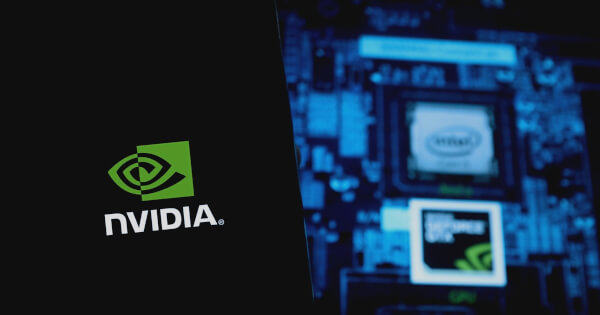Rongchai Wang
Oct 16, 2024 16:52
NVIDIA Jetson enhances brain disease treatment through Brain-Machine Interactive Neuromodulation, offering real-time neural decoding and stimulation for conditions like epilepsy and Parkinson’s.
Neuromodulation, a technique that intervenes in neural activity to enhance or restore brain function, is making significant strides in treating brain diseases such as Parkinson’s, epilepsy, and depression. According to the NVIDIA Technical Blog, recent advancements in closed-loop neuromodulation strategies are improving therapeutic effects and reducing side effects, thanks to the integration of edge AI computing.
Brain-Machine Interactive Neuromodulation Tool
Researchers have developed the Brain-Machine Interactive Neuromodulation Research Tool (BMINT), which uses machine learning algorithms and neural networks to interpret complex neural activities associated with various pathological states. This tool aims to provide precise interventions to restore neural functions, employing bidirectional information transfer between the brain and the tool for efficient real-time signal processing.
Components of BMINT
The BMINT comprises three main hardware modules:
- Recording: Utilizes eight channels to capture neurophysiological signals with high resolution and frequency, leveraging the NVIDIA Jetson Nano for its edge AI computing capabilities.
- Computing: Features various input/output ports for interfacing with neuromodulation devices like transcranial magnetic stimulation.
- Stimulation: Provides 2-channel constant current electrical stimulation with adjustable parameters for real-time application.
The choice of NVIDIA Jetson as the computing module is attributed to its access to pretrained AI models and optimization tools, facilitating the efficient deployment of machine learning algorithms.
Performance and Results
The integration of the Jetson Nano has significantly boosted computational efficiency, achieving a 14.77x increase compared to CPU usage alone. The BMINT tool demonstrated a system time delay of 2.829 ± 0.057 ms, allowing for precise cycle-by-cycle phase modulation in treating brain diseases.
In a simulated online demonstration, the BMINT showcased its capability in real-time closed-loop neuromodulation for epilepsy, achieving a sensitivity of 96.16% with a false positive rate of 1.42%. Such performance is critical in optimizing algorithms for better sensitivity and specificity during epilepsy treatment.
Conclusion
The BMINT tool represents a significant advancement in intelligent closed-loop neuromodulation, enabling precise neural sensing and electrical stimulation. Its ability to achieve low system time delays and integrate machine learning algorithms efficiently makes it a promising solution for personalized electronic medicine.
Image source: Shutterstock
Credit: Source link
































